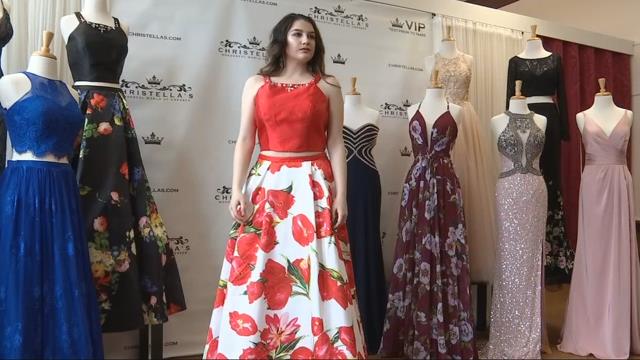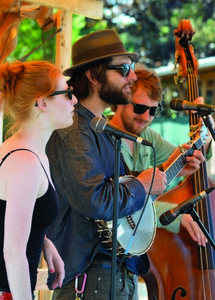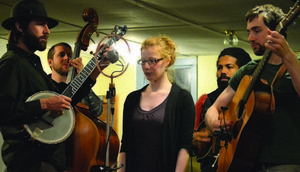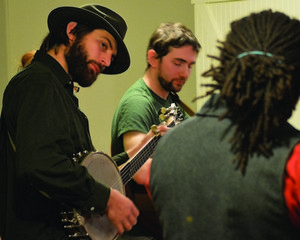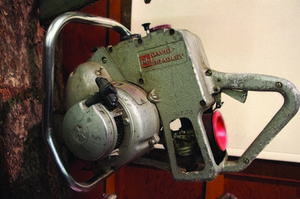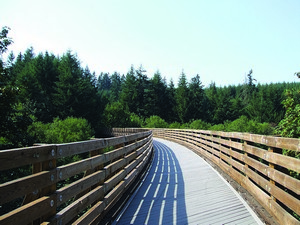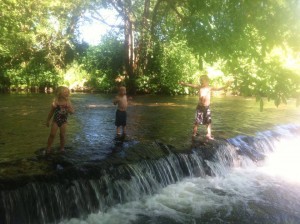The Vernonia-Banks Trail has been a State Park and local gem for over a decade, and the number of running and cycling events using it has steadily grown. With the Crown-Zellerbach Trail, joining Scappoose to Vernonia, nearing completion, Vernonia has become part of a natural loop from Portland, joining the Columbia River to the Willamette Valley.
The new trails exclude cars, making them a preferred choice for runners and cyclists from across the Pacific Northwest wishing to explore inner Columbia County. The 2017 season is kick-started on June 17th with an active day in both road and off-road cycling in the Columbia Century Challenge. Our county’s own locally organized, non-competitive, fully supported century (100+ miles) bicycle ride features routes that explore both forest and county roads.
These dedicated cyclists are also able to visit many towns within the county, see some of the attractions of each city, and meet local volunteers at the various aid stations. The inaugural Columbia Century Challenge, which was hosted in St. Helens in 2016, was voted the #2 Best Bike Ride in Oregon on ORBike.com.
In 2017 the Columbia Century Challenge will start and end right in Vernonia’s Spencer City Park, offering rides of 118 miles, 100 kilometers, and a 40 mile ride that features a twelve mile section of the historic Columbia River Mainline. Vernonia has hosted other organized rides in the past; including Cycle Oregon (twice!), the Timber Logjam, the Beaverton, Banks & Beyond Bicycle Tour, and Bicycle Rides NW.
Bikes aren’t the only way to enjoy the local trails, and many road runners favor the flat scenic routes available around Vernonia. Vernonia has three different charity runs each year. The Bear Creek Run in late July is a fundraiser for the Vernonia Cares food bank. The 5k/10k offers a zero elevation course on the loop around Vernonia Lake and a portion of the linear trail. There are brackets for children and adults, and a special short course for little kids.
The newly minted Graveyard Dash is a 3k/6k which can be challenging. The hilly course runs from cemetery to cemetery and costumes are encouraged. The course takes you through downtown Vernonia, so be sure to make a spectacle of yourself as you help raise money for local arts scholarships. There are cash prizes for best costumes, including best group costume.
The 5k Ugly Sweater run in December is a fundraiser for the local Chamber of Commerce, who host many different free community events during the year. The route takes you around Vernonia Lake and along the Nehalem River. This run, like the others, is open to walkers as well, who register in a separate category.
The Oregon Road Runners Club hosts the Vernonia Marathon and Half Marathon in April, which start near Vernonia and end in Banks or half way at Stub Stewart State Park. Several other running events happen more or less annually, and spontaneous events happen every weekend.
No matter what your fitness interest, there is something in Vernonia for you. With BMX destination Vernonia Springs recently opening just south of town, we’re sure to see regular races all summer long. Stub Stewart State Park has a wonderful mountain bike skills park that was created and maintained through a partnership between the park and local mountain biking associations. A mix of freeride and cross-country trails provides for excitement for all skill levels.
